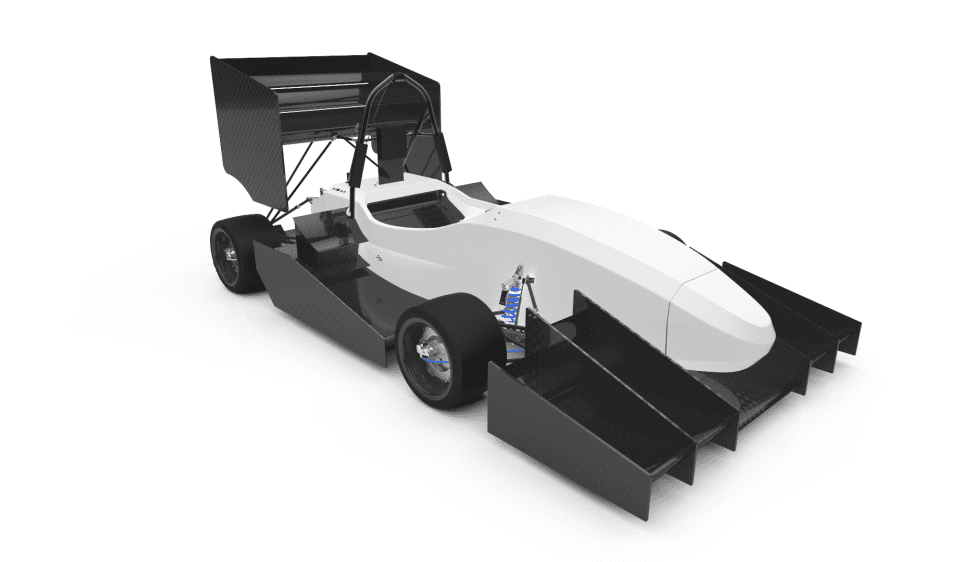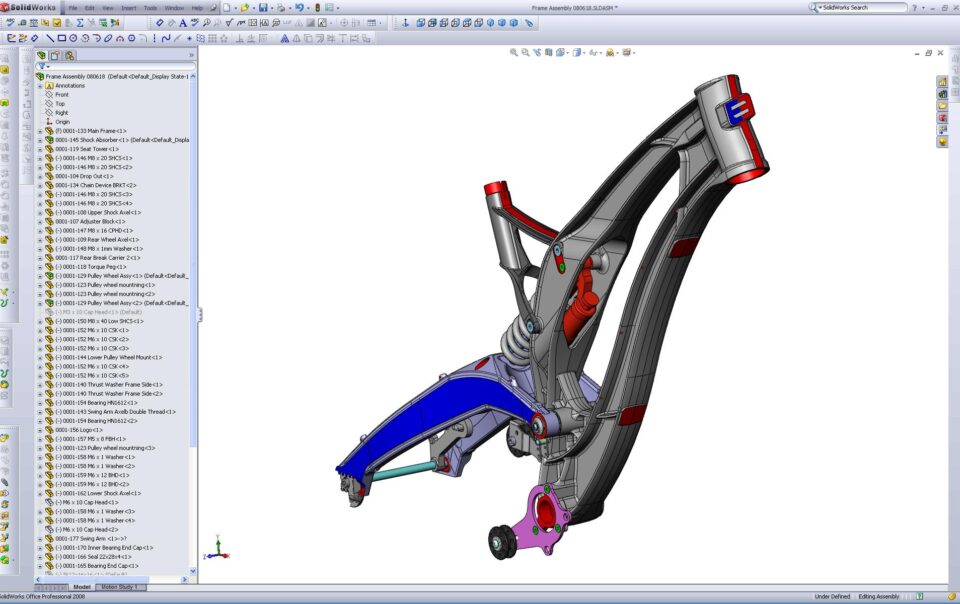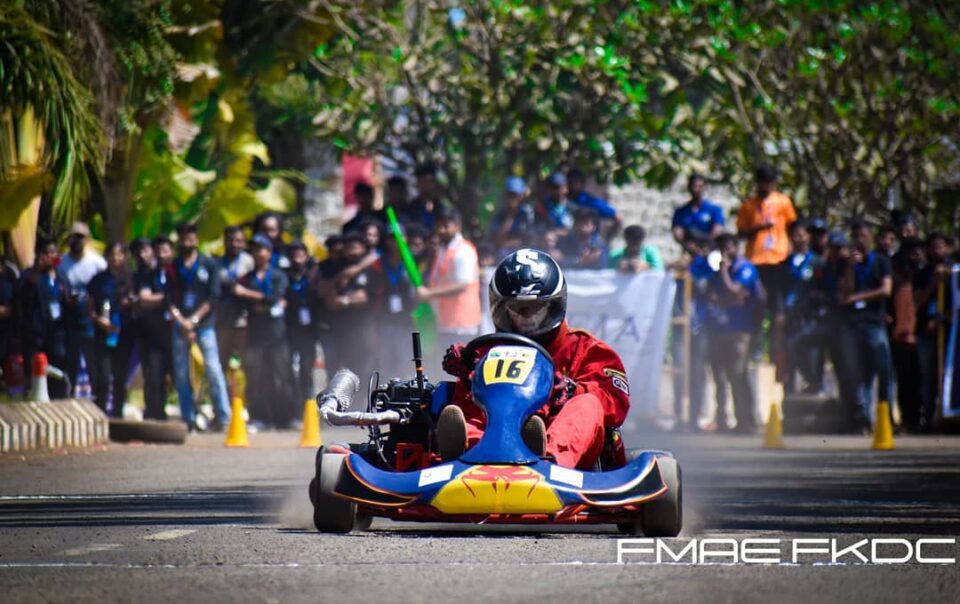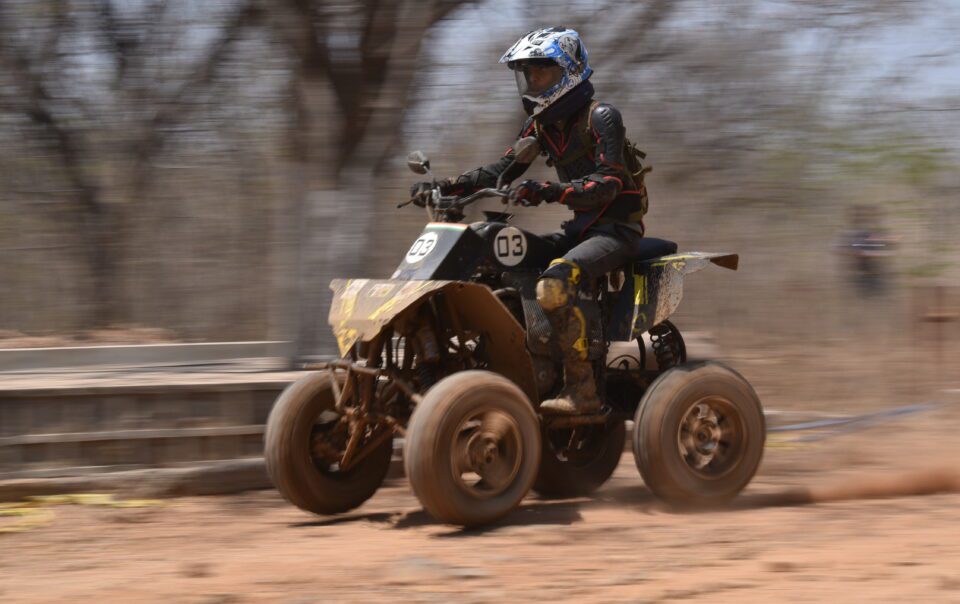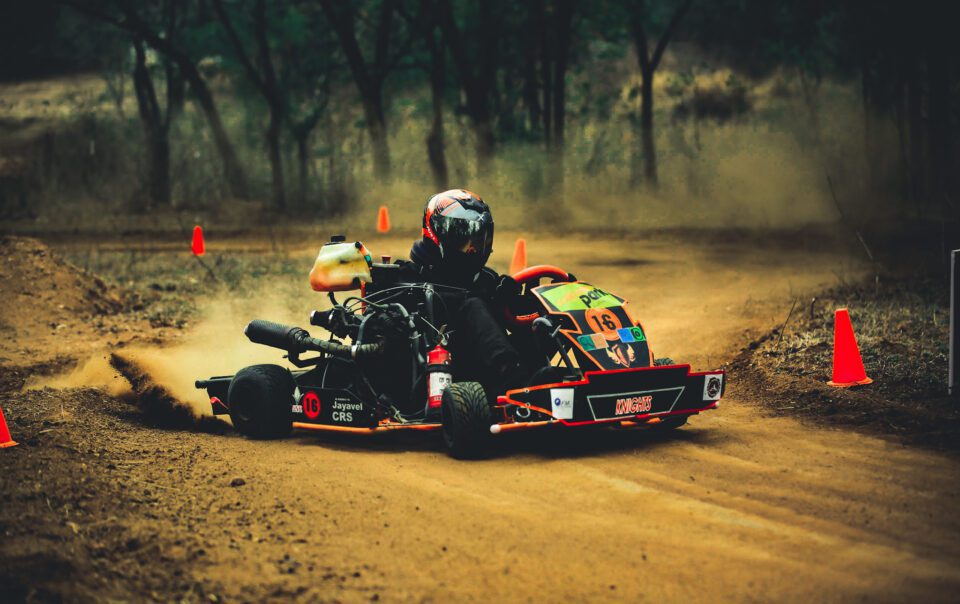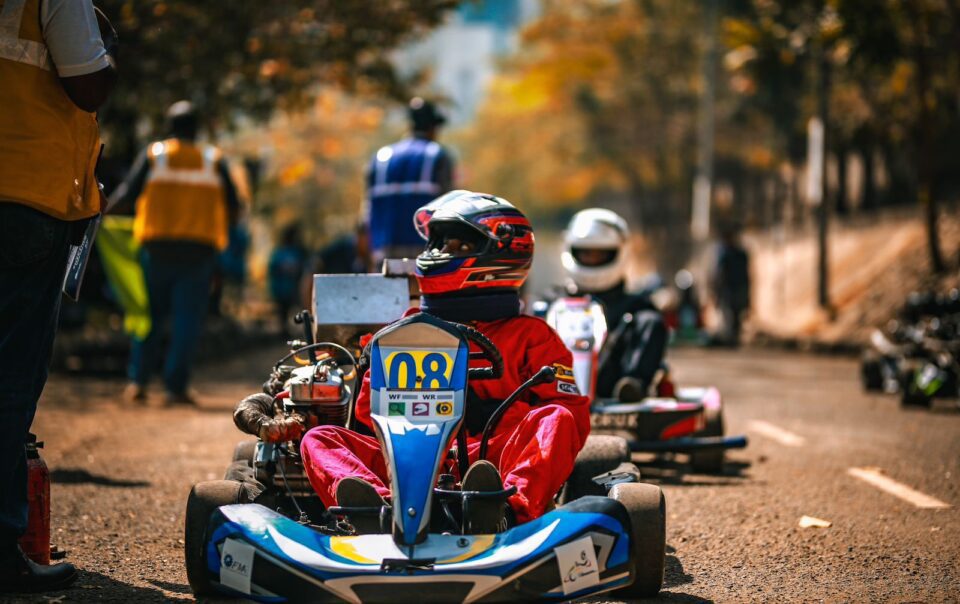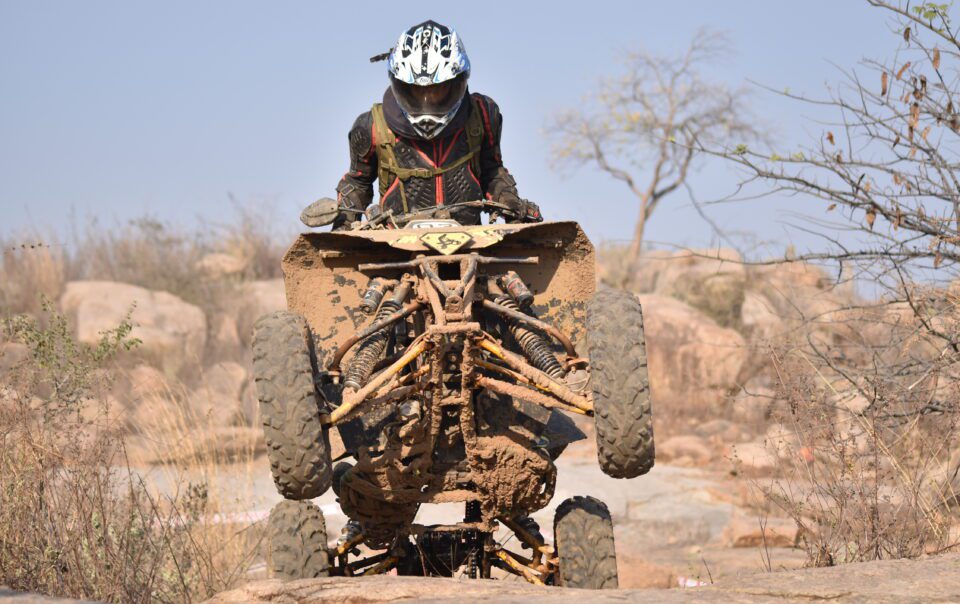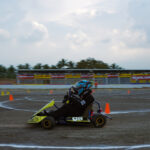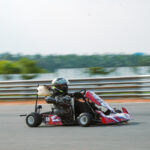- Design and Planning:
- Determine the type of go-kart you want to build (sprint, endurance, off-road, etc.).
- Define your budget and performance goals.
- Sketch out the basic design, considering factors like weight distribution, stability, and safety.
- Gather Materials and Tools:
- Frame: Obtain a sturdy, lightweight metal frame or build one using steel tubing.
- Engine: Choose a suitable engine based on your competition category and regulations.
- Other components: Steering wheel, pedals, tires, brakes, seat, safety harness, etc.
- Tools: Welding equipment, cutting tools, drill, wrenches, etc.
- Frame Construction:
- Cut and weld the steel tubing to form the frame according to your design.
- Ensure the frame is rigid, well-aligned, and properly braced for strength and safety.
- Install Engine and Drivetrain:
- Follow the manufacturer’s instructions to mount the engine onto the frame securely.
- Connect the engine to the drivetrain, which includes a clutch, chain, and sprockets.
- Ensure proper alignment and tension of the chain.
- Steering and Suspension:
- Install the steering column, steering wheel, and linkages for smooth and precise steering.
- Design and construct the suspension system based on your go-kart type.
- Include shock absorbers or springs for better handling and stability.
- Braking System:
- Install disc or drum brakes on the rear wheels for effective stopping power.
- Connect the brake pedal to the braking mechanism and ensure proper adjustment.
- Electrical System:
- Install a battery, wiring harness, and switches for lights, ignition, and other electrical components.
- Safety Features:
- Install a roll cage or roll bar to protect the driver in the event of a rollover.
- Attach a seat with proper support and a safety harness to keep the driver secure.
- Consider adding additional safety features such as a fire extinguisher or safety padding.
- Wheels and Tires:
- Mount suitable racing tires on your go-kart’s wheels for optimal grip and performance.
- Ensure the wheels are properly aligned and balanced.
- Testing and Fine-tuning:
- Perform initial tests in a safe and controlled environment to check for any issues.
- Make necessary adjustments to improve performance, balance, and safety.
Remember, safety is paramount when building and racing a go-kart. Always follow local regulations and competition guidelines, wear appropriate safety gear, and conduct regular maintenance and inspections to ensure your go-kart remains in top condition.


